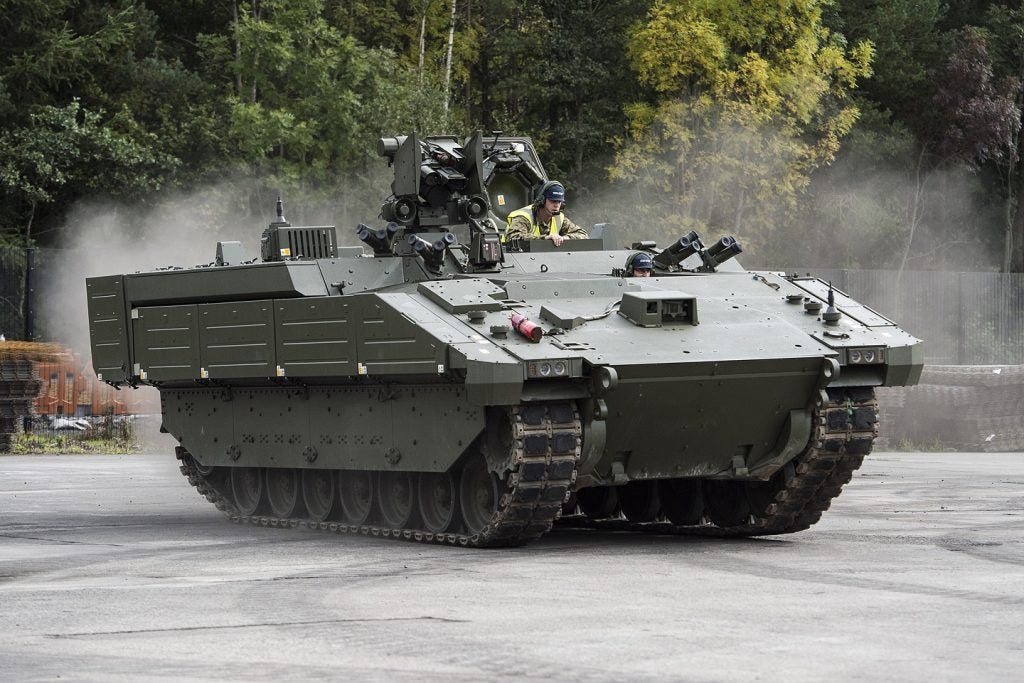
The US Army Research Laboratory (ARL) scientists have partnered with the Communications-Electronics and the Tank Automotive Research, Development and Engineering centres to develop technology for portable prototypes for conversion of Jet Propellant 8 JP-8 to clean hydrogen for fuel cell applications.
Widely used by the army to power aircraft, tactical ground vehicles engines and electrical generators, JP-8 however has some problems, such as extensive logistics supply chain and high cost for force protection of convoys.
Fuel cell team leader Dr. Deryn Chu said the demand for portable electrical power for both commercial and military applications is growing.
"Our challenge is how can we remove the many impurities in JP-8 so it can be effective in a fuel cell?" Chu said.
Despite costing roughly $15 per gallon, the fuel’s cost reaches hundreds of dollars by the time it is moved to and around operational locations, according to Chu.
Chu further noted that for the army the smallest gain in efficiency is important. However, when the concept is fully developed, fuel cells may yield huge gains, potentially doubling the efficiency of diesel generators.
How well do you really know your competitors?
Access the most comprehensive Company Profiles on the market, powered by GlobalData. Save hours of research. Gain competitive edge.

Thank you!
Your download email will arrive shortly
Not ready to buy yet? Download a free sample
We are confident about the unique quality of our Company Profiles. However, we want you to make the most beneficial decision for your business, so we offer a free sample that you can download by submitting the below form
By GlobalDataUS Army Research Laboratory electro-chemistry scientist Dr. Dat Tran said JP-8 was a complicated and dirty fuel, due to the presence of sulfur that can hurt the fuel cells.
See Also:
"Sulfur has many different compounds that behave differently. The compounds in sulfur make it hard to find an agreeable material," Tran said.
Working as part of the army team, Tran has at least tested 300 different combinations of materials that can lower the sulfur concentration in JP-8 over the past four years.
The army has been exploring fuel cells since the 1960s realising its potential for increasing efficiency, but is facing a challenge to develop a portable, quick and easy-to-use fuel reformation process for better energy conversion.
The high-efficient fuel cell systems are primarily expected to reduce logistical supply during deployment to foreign locations with no infrastructure and limited supplies.
Image: US ARL scientist shows two samples of materials that combine to extract sulfur from the army’s widely used JP8 fuel. Photo: courtesy of Joyce P. Brayboy.








